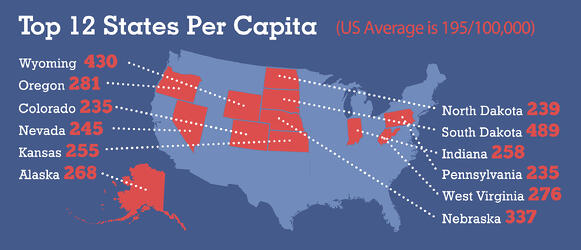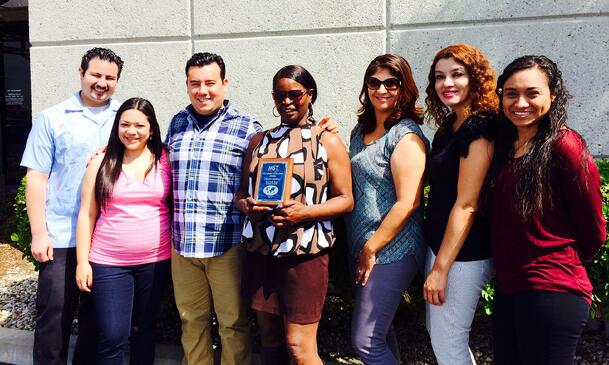Nell Bernstein is a passionate advocate for juvenile-justice reform, author of the widely praised “Burning Down the House: The End of Juvenile Prison” and journalist who was honored with a White House “Champion of Change.” Recently, she talked with MST about a number of topics, including the reaction to the book, the role of race in the juvenile justice system, and how MST and other evidence-based programs can be part of a comprehensive solution that addresses and changes the behaviors of juvenile offenders.
Bernstein writes in an easy-to-read style that blends facts with first-person accounts that reveal the often brutal and deadly world behind bars. The stories can be difficult to digest at times and beggar belief in others. It is, in short, a compelling argument in favor of completely rebuilding the juvenile-prison system. When I asked Bernstein if this argument was the purpose behind writing the book, she said she did not embark on the project with the preconceived notion that incarceration was inherently wrong and that “if I had seen something other than a completely counterproductive and destructive institution, then that is what I would have written.” But she added that she “had written about criminal justice for years and years, seen kids destroyed by it.”




